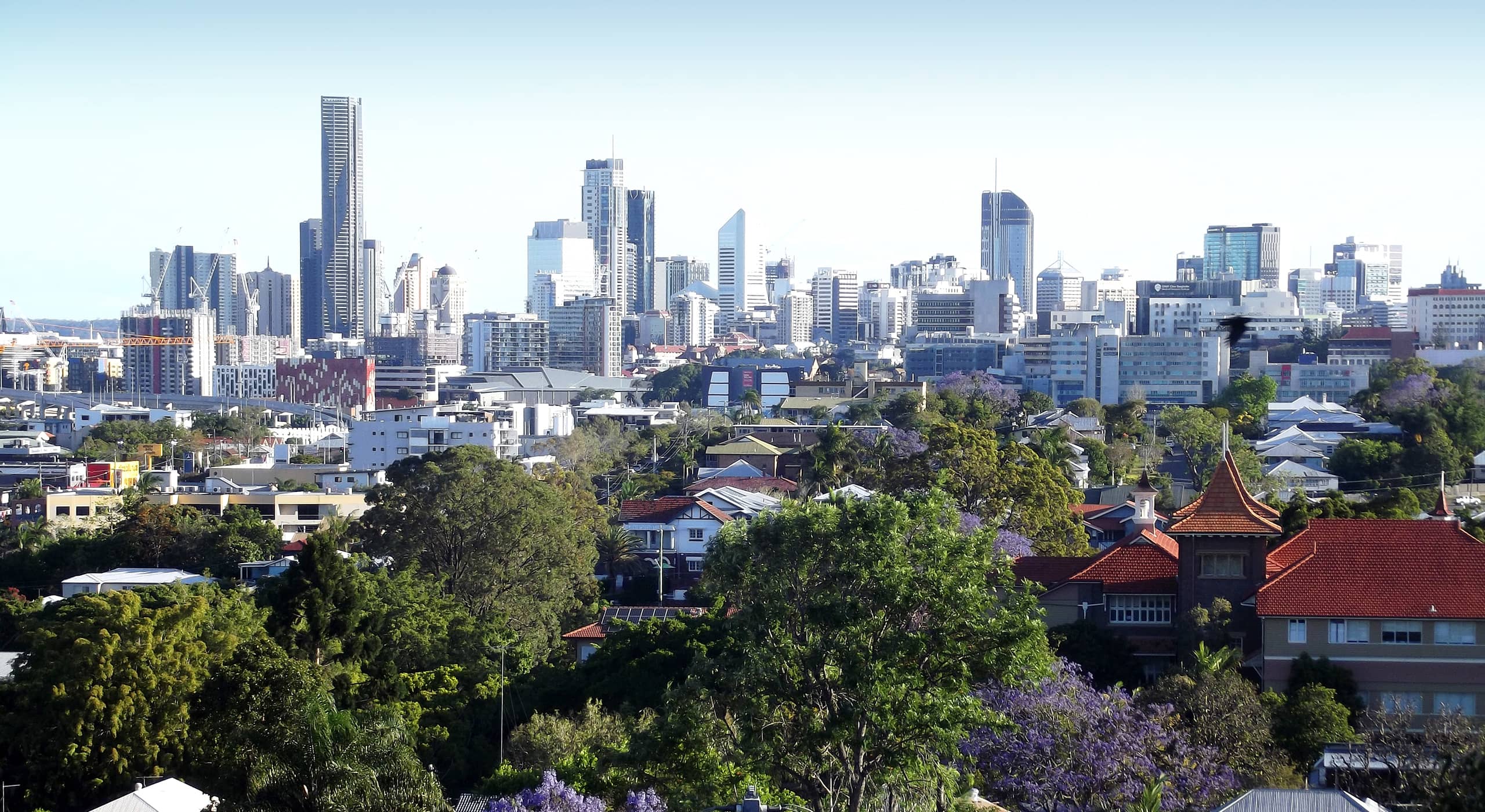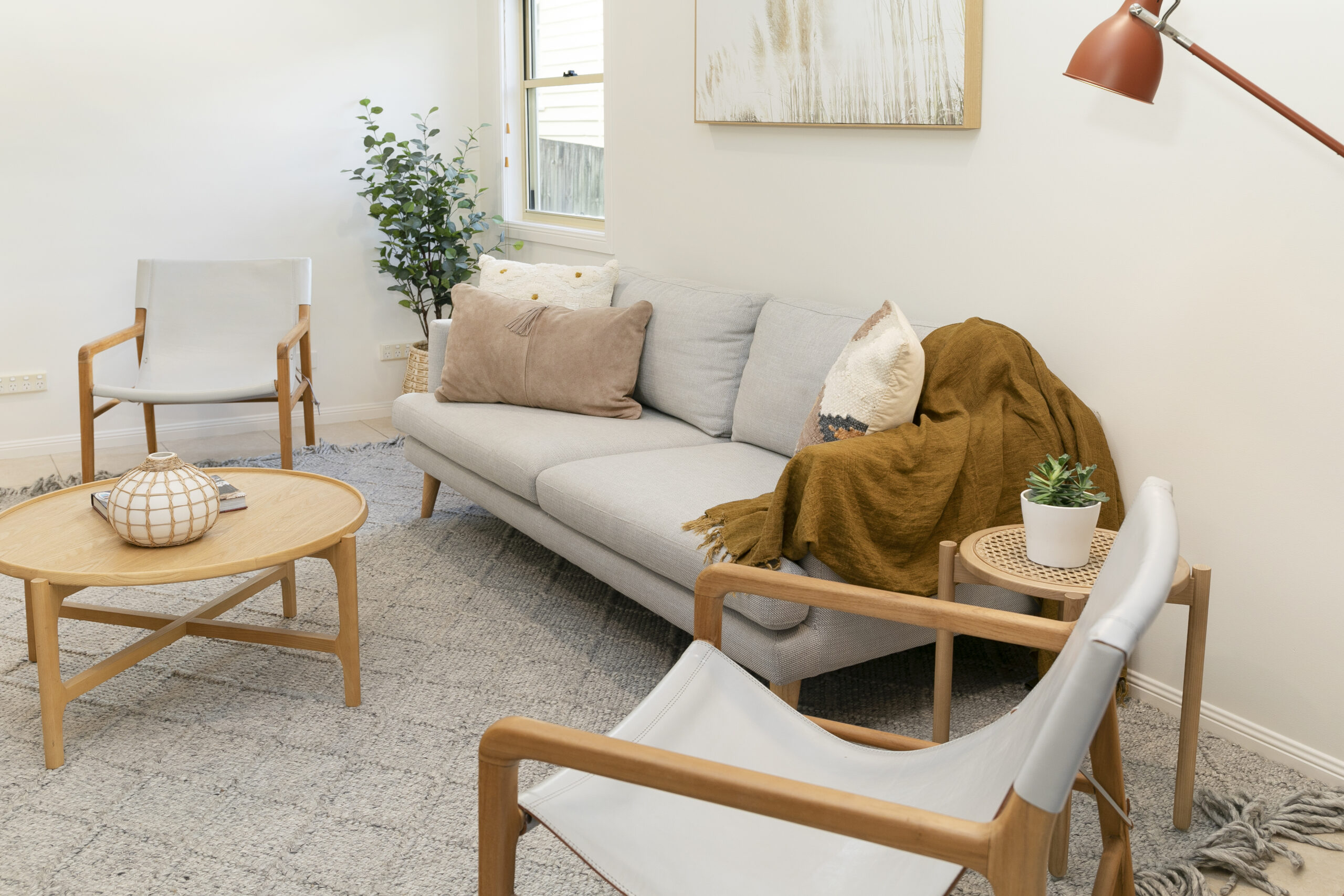
Many would believe that designing a small garden is a simple affair. In reality, the smaller the space the more every centimetre counts. Award-winning garden designer, Phillip O’Malley explains: “When you’re designing a large garden you can see certain elements from a distance. Space allows whimsy. And you can overlook a few weeds. But designing a small space puts you right in the fishbowl. Nothing is hidden. The bones must be strong and everything well-planned.”
One garden at Tarragindi, in suburban south Brisbane, bears all the hallmarks of Phillip O’Malley’s beliefs. But there’s much more to it than good design. It’s perfect for a garden-lover and clearly exudes ‘soul’. Eight years ago this 415 square metre property was a garden from hell – hot, exposed and barren. Worse than a car park, this almost all-lawn garden needed lots of regular work to keep it contained.

Garden harmony
We see so many instant garden makeovers we forget that the true test of good design is if it still looks as good three years later. So what went right in this garden? In a word: harmony. There’s a balance between the necessities of practical gardening and the pleasure to be gained by being in it, whatever the season. Well-placed plants have matured without overcrowding each other, and wherever you stand there’s a view, a pattern or a setting to engage the mind and the senses.
Here the whole is truly greater than the sum of the individual parts. The garden is as pleasurable to work in as it is welcoming after a hard day’s work. Constructed features, such as paving and retaining walls, are not only functional and well-built, they’re also stimulating to the eye. The garden has stood the test of time, and developed a soul, something Phillip is determined to imbue in every garden he plans.
Magic and drama
The combined effects of healthy plants and colour, ever-changing patterns of welcome shade and pools of sunlight combine with fragrance and the sound of water to work magic. The pavilion creates an invitingly cool, shady, restful space for entertaining and enjoying the garden whatever the weather, while lawn provides a small space for playful kids – and somewhere to put a wheelbarrow when gardening. But the most enticing feature in this garden has been created using the simplest of materials and design.
White concrete pavers have been laid through the centre of a long, turfed area. Apart from making the garden seem larger, the pavers bring this formal area to life. The same pavers have been laid in a chequerboard fashion creating a dramatic entrance to the oriental-inspired pavilion. Here the pavers are interplanted with low-growing clumping grass, which also act to break up reflected heat and light from intense summer sunshine. The pavers shed rain onto the grass, reducing the need for watering. Together they work to create a vibrant space that glows in cloudy or sunny weather.

Standout plants
All the plants growing at Tarragindi are suited to a frost-free, coastal climate where some shelter is available. And few need much water or fussing over to look great. Plants have been placed together to create a sense of theatre. Swathes of liriope grow beneath clumps of clivia, and the patterned leaves of Calathea zebrina highlight a rustic bench.
Everywhere contrasts abound: waterlily flowers add a tranquil, cool charm to formal pools, their reflections broken by rippling water. Cordylines with beetroot-coloured leaves add zest and warmth through winter. And the border plants spilling over lawn edges have a softening effect, uniting two distinct garden features.
- Blue ginger (Dichorisandra thyrsiflora) Forming a tight upright clump 1.2m high, blue ginger flowers from summer to autumn in the subtropics. It grows best in semi-shade. Another bonus is it attracts native blue-banded bees.
- Mussaenda (Mussaenda frondosa) In Perth and Sydney it’s autumn-flowering and winter deciduous. In the tropics it’s evergreen, flowering from summer into winter. It needs full sun and compost-rich soil and is suitable for growing in containers.
- Macarthur palm (Ptychosperma macarthurii) This moderately fast-growing, sun-loving, native clumping palm is best suited to coastal subtropical and tropical climates. It looks wonderful in containers and as a feature in lawns with its beautiful pendant bunches of fruit. Water regularly in drought.
- Spider lily (Hymenocallis littoralis) This is a stunning sight in full flower. For best results give this drought-tolerant, clumping lily well-composted soil in either full sun or part shade. It’s expensive to buy, but can be easily propagated each spring.
- Syzygium paniculatum ‘Elite’ This dwarf, native lillypilly is sometimes sold as ‘Aussie Compact’. It has a neat, slender, upright habit, which lends itself to many uses, including hedging, topiary, containers or as a courtyard tree. It is best suited to warm temperate and subtropical climates.
- Clumping temple grass (Zoysia tenuifolia) With a tufted, mossy appearance, temple grass is a good informal alternative to turf. Sun- and shade-tolerant, it may lose its colour during winter when grown in areas as far south as Sydney. Grow it in swathes to maximise its impact.
- Star fruit (Averrhoa carambola) This decorative tree is usually grown for its refreshingly tart summer fruit. It is deciduous in winter and slowly reaches 9m tall. Its broad canopy provides good shade and its leaves, which fold at night, are curious in their own right.
Article Sourced: HomeLife words by Jerry Coleby-Williams; http://www.homelife.com.au/gardening/beautiful+gardens/small+garden+design,15669


